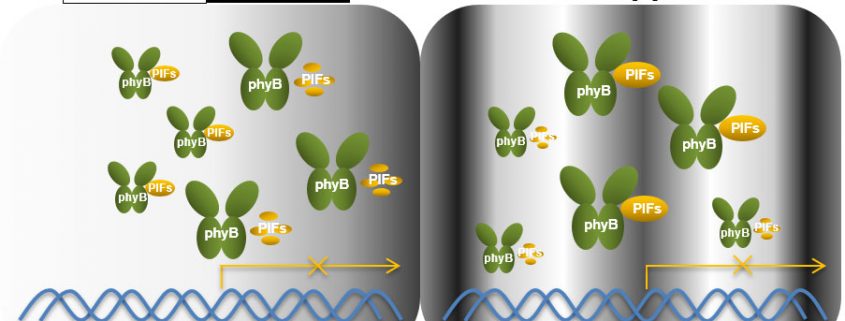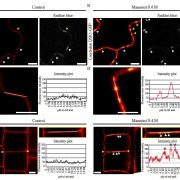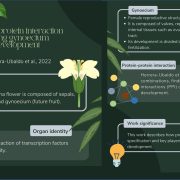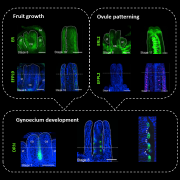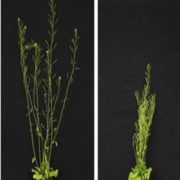Phytochrome B has Two Weapons to Disable its Interacting Proteins
Park et al. demonstrate that phytochrome B preferentially inhibits its interacting transcription factors via one of two mechanisms depending on light conditions. The Plant Cell (2018). https://doi.org/10.1105/tpc.17.00913.
By Eunae Park
Background: Phytochrome B (phyB) is a plant photoreceptor that detects light and activates plant light responses. phyB does so partly by inhibiting interacting partner proteins called phytochrome-interacting factors (PIFs). phyB inhibits the actions of PIFs either by promoting their degradation or by mediating their sequestration. This inhibition of PIFs induces changes in the expression of sets of genes that lead to plant growth optimized for particular light environments.
Question: We wanted to know if these two activities of phyB—PIF degradation and PIF sequestration—are separable, or independent of each other. We also wanted to determine whether phyB shows any preferential use of one of these two mechanisms to target PIFs depending on light conditions.
Findings: We found that the two activities of phyB are separable to two different regions of the phyB protein. We identified a mutation in the N-terminal half of phyB that selectively disables phyB’s PIF sequestration activity, and a mutation in the C-terminal half of phyB that selectively disables phyB’s PIF degradation activity. Using these phyB mutants, which each retain only one of phyB’s two activities, we showed that phyB acts via PIF degradation in light conditions with prolonged dark periods, whereas it acts preferentially via PIF sequestration in a flickering light condition mimicking sunflecks. Together, our results indicate that phyB uses two separable activities to induce light responses in varying light conditions.
Next steps: We are currently working to determine if other phytochromes, including phyA, also employ separable mechanisms for inhibiting PIFs.
Eunae Park, Yeojae Kim and Giltsu Choi (2018). Phytochrome B requires both PIF degradation and PIF sequestration activities to induce light responses across a wide range of light conditions. The Plant Cell https://doi.org/10.1105/tpc.17.00913.


